Beyond the glass enclosures of private collections and the seemingly innocent social media posts featuring exotic “pets” lies a devastating global industry that’s pushing countless species toward extinction. The exotic pet trade represents one of the most significant yet underreported threats to wildlife conservation worldwide. While many enthusiasts genuinely love the unusual animals they keep, most remain unaware of the deadly chain of exploitation their purchase has funded. From tropical rainforests to remote desert regions, wildlife traffickers are systematically emptying ecosystems of their most charismatic creatures—all to satisfy a growing demand for the unique and exotic as living possessions. This article explores the true cost of this trade, revealing how what might seem like harmless pet ownership can actually represent a direct attack on biodiversity and animal welfare.
The Scale of the Problem
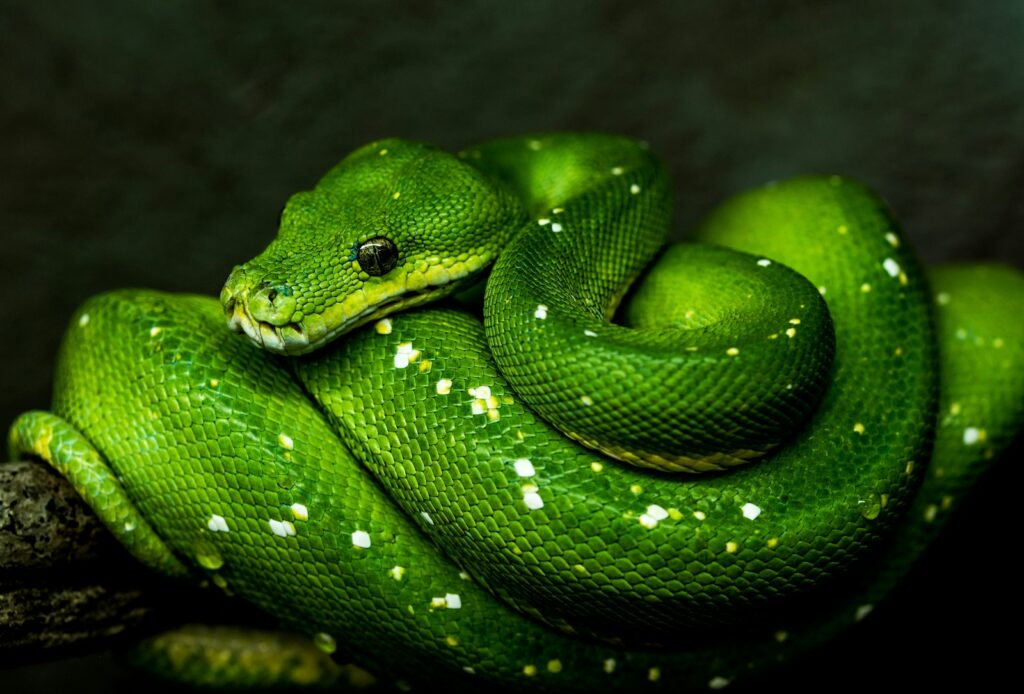
The exotic pet trade is a multibillion-dollar global industry that traffics millions of animals annually, with estimates suggesting it’s worth between $30-42 billion when combining legal and illegal sectors. According to the United Nations Environment Programme, wildlife trafficking represents the fourth most profitable illegal trade worldwide, behind only drugs, human trafficking, and counterfeit goods. Approximately 5,000 species of birds, 2,000 species of reptiles, and countless mammals, amphibians, and fish are traded globally for the exotic pet market. What makes this particularly concerning is that many of these transactions occur through black markets and illegal channels, making comprehensive tracking virtually impossible and allowing the trade to continue expanding despite international protections.
Depletion of Wild Populations
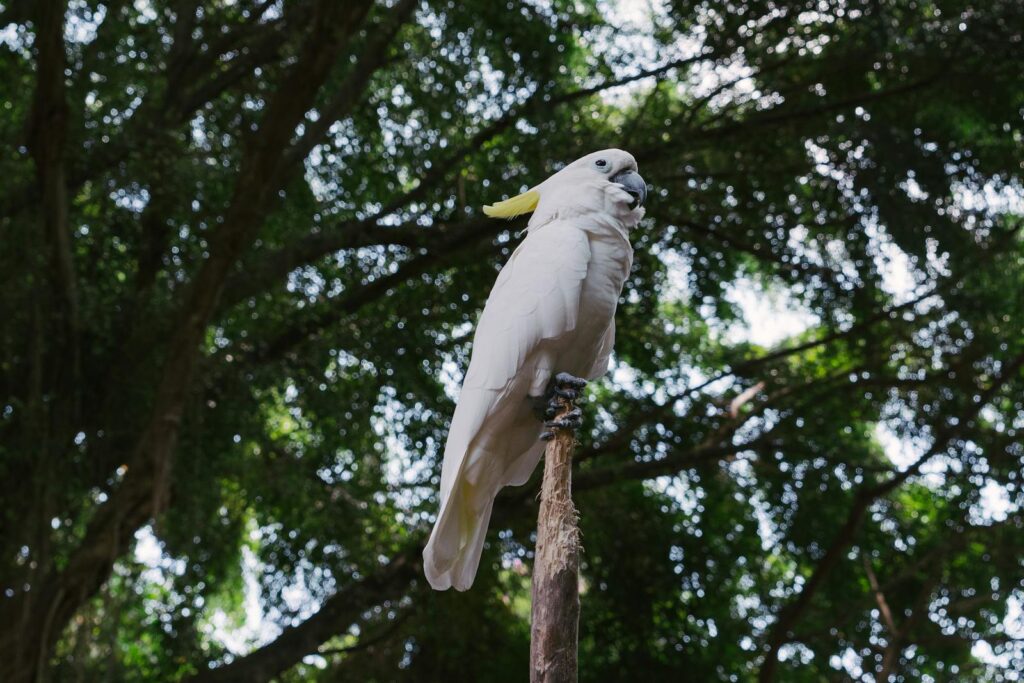
One of the most direct harms of the exotic pet trade is the devastating impact on wild populations, with many species now facing extinction primarily due to collection for the pet industry. For instance, over 20 million tropical fish are harvested from coral reefs annually for aquariums, with collection methods often involving cyanide that kills non-target fish and damages coral ecosystems. The yellow-crested cockatoo has seen its population plummet by over 80% in Indonesia due to unsustainable trapping for the pet trade. Even more alarming is the case of the ploughshare tortoise of Madagascar, which has been pushed to fewer than 100 individuals in the wild largely because of demand from collectors willing to pay tens of thousands of dollars per animal. These examples represent just a tiny fraction of the species being systematically removed from their natural habitats at rates far exceeding their ability to reproduce.
Ecological Imbalance
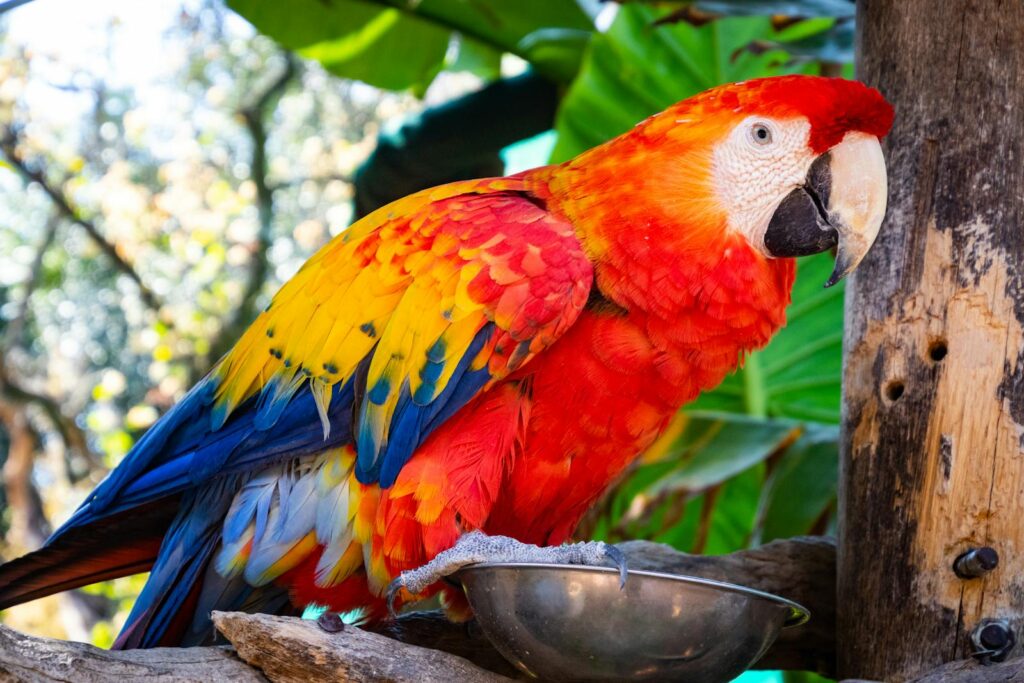
When key species are removed from their ecosystems for the pet trade, the resulting ecological imbalance can trigger cascading effects throughout entire habitats. Parrots, for example, serve as essential seed dispersers in tropical forests, and their removal can significantly alter forest regeneration patterns and plant diversity. Reptiles like monitor lizards control rodent populations in many ecosystems, and their absence can lead to crop damage and disease spread. In marine ecosystems, the removal of algae-eating fish for aquariums has contributed to coral reef degradation as algal overgrowth smothers coral colonies. These ecological disruptions often extend far beyond the target species, creating ripple effects that can destabilize environments that took millennia to develop their delicate balance.
Cruel Capture Methods
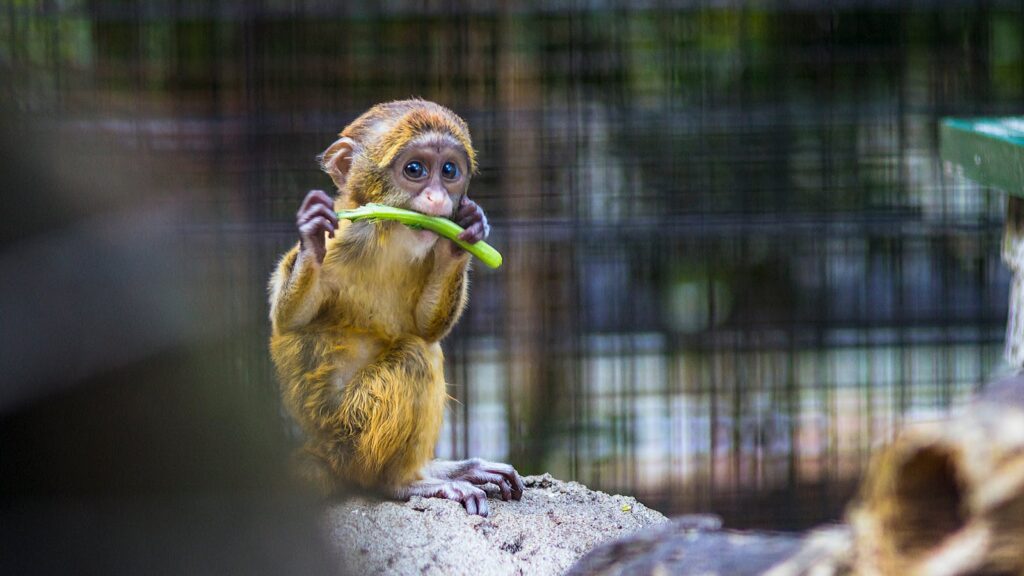
The methods used to capture wild animals for the exotic pet trade are often extraordinarily cruel and result in high mortality rates long before animals reach their final destination. For birds, trappers frequently use glue traps or snares that cause severe injuries, with survivors often having wings clipped without anesthesia to prevent escape. Reptile collectors may destroy entire habitats, flipping rocks and tearing apart natural shelters to find specimens, killing or displacing countless non-target animals in the process. Among the most shocking practices is the capture of infant primates, which typically involves killing the mother and any other protective adults in the troop—studies indicate that for every baby monkey that reaches the pet market alive, up to 10 other monkeys may die during capture. The suffering continues during transport, with animals often drugged, confined in tiny containers without food or water, and smuggled in luggage or shipping containers where mortality rates can exceed 90%.
The Illusion of Captive Breeding
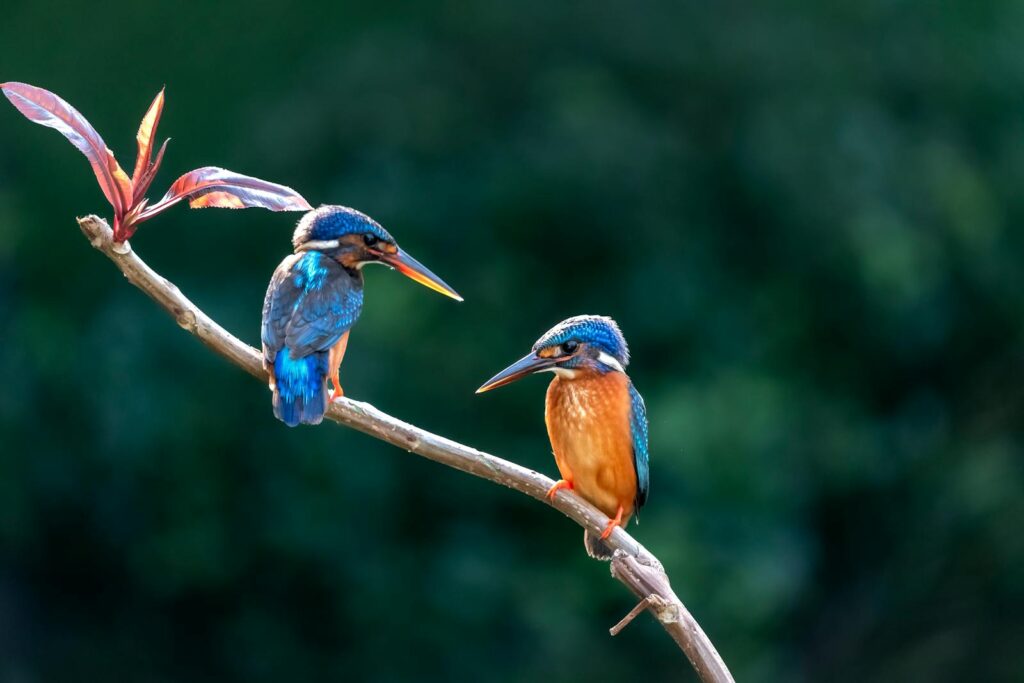
While many dealers claim their exotic animals are captive-bred, industry investigations consistently reveal this to be a widespread deception used to launder wild-caught animals. True captive breeding of many exotic species is difficult, time-consuming, and often not economically viable compared to the cheaper option of taking animals from the wild. Research by traffic, a wildlife trade monitoring network, found that in Indonesia, up to 80% of allegedly “captive-bred” reptiles showed physical signs of wild capture. Even for species that can be bred in captivity, like certain parrots, the expense and expertise required creates a persistent incentive for laundering wild birds through legitimate breeding operations. This deception is particularly damaging because it allows consumers to believe they’re making ethical choices while unknowingly supporting the very practices they aim to avoid.
Inadequate Transportation and High Mortality
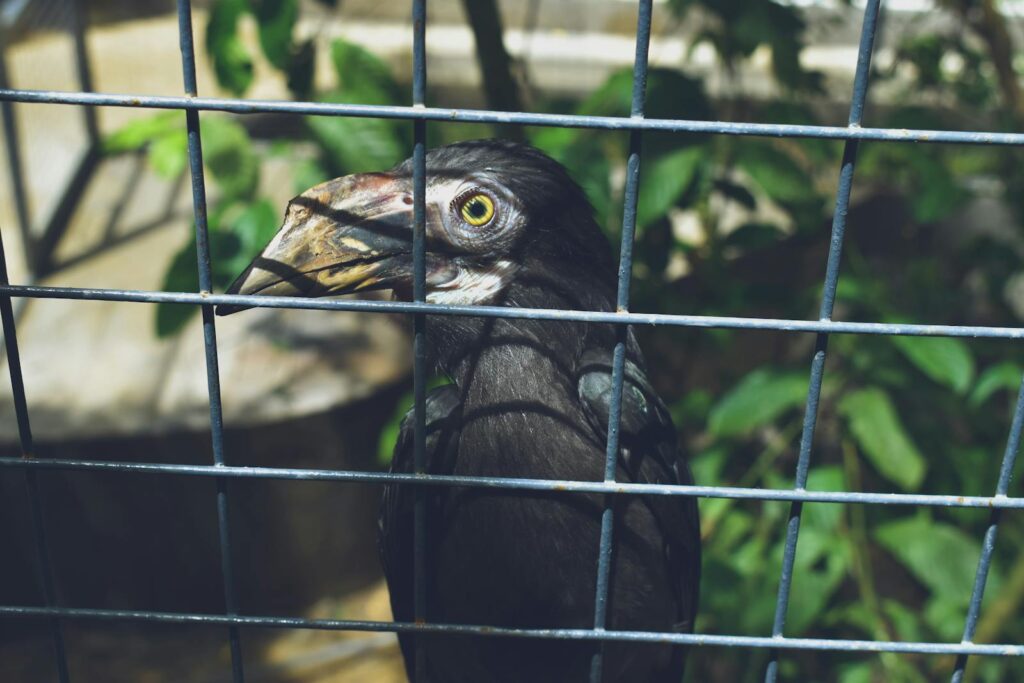
The transportation phase of the exotic pet trade results in staggering mortality rates, with conservative estimates suggesting that for every exotic animal that reaches a buyer alive, several others have died along the way. When smuggled, animals are frequently packed into suitcases, plastic containers, or even socks and tape-wrapped packages to avoid detection, leading to suffocation, dehydration, and crushing injuries. Even legal shipments often involve cramped conditions, exposure to temperature extremes, and prolonged periods without food or water. A study focusing on bird transportation found mortality rates ranging from 30% to 90% depending on the species and distance traveled. These figures represent immense suffering and waste, essentially treating living beings as disposable commodities where high death rates are simply calculated into the business model as an acceptable loss.
Welfare Issues in Captivity
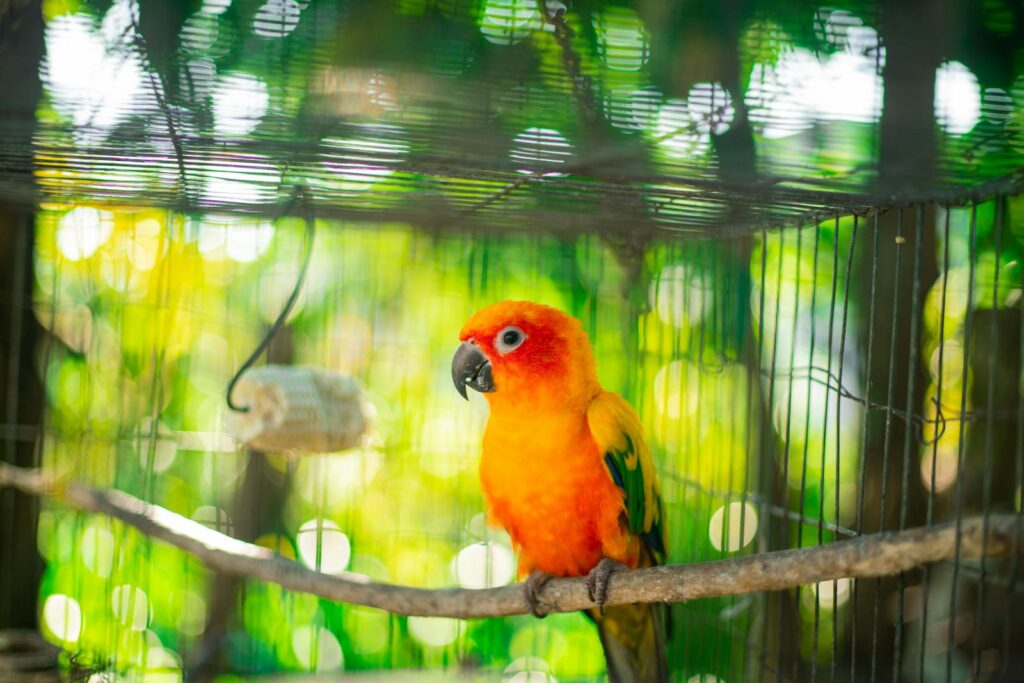
Even when exotic animals survive capture and transportation, they frequently face severe welfare issues in captivity due to owners’ inability to meet their complex physical and psychological needs. Large parrots may develop destructive feather-plucking behaviors when denied proper socialization and environmental stimulation, essentially engaging in self-harm due to psychological distress. Reptiles suffer from metabolic bone disease and organ failure when kept without proper UV lighting, temperature gradients, and specialized diets that match their evolutionary adaptations. Primates kept as pets commonly develop stereotypic behaviors like rocking, self-mutilation, and aggression as they mature in environments utterly unsuitable for their highly social nature. The tragic reality is that even the most well-intentioned owners typically cannot replicate the complex environmental conditions these animals have evolved to require over millions of years.
Invasive Species Concerns
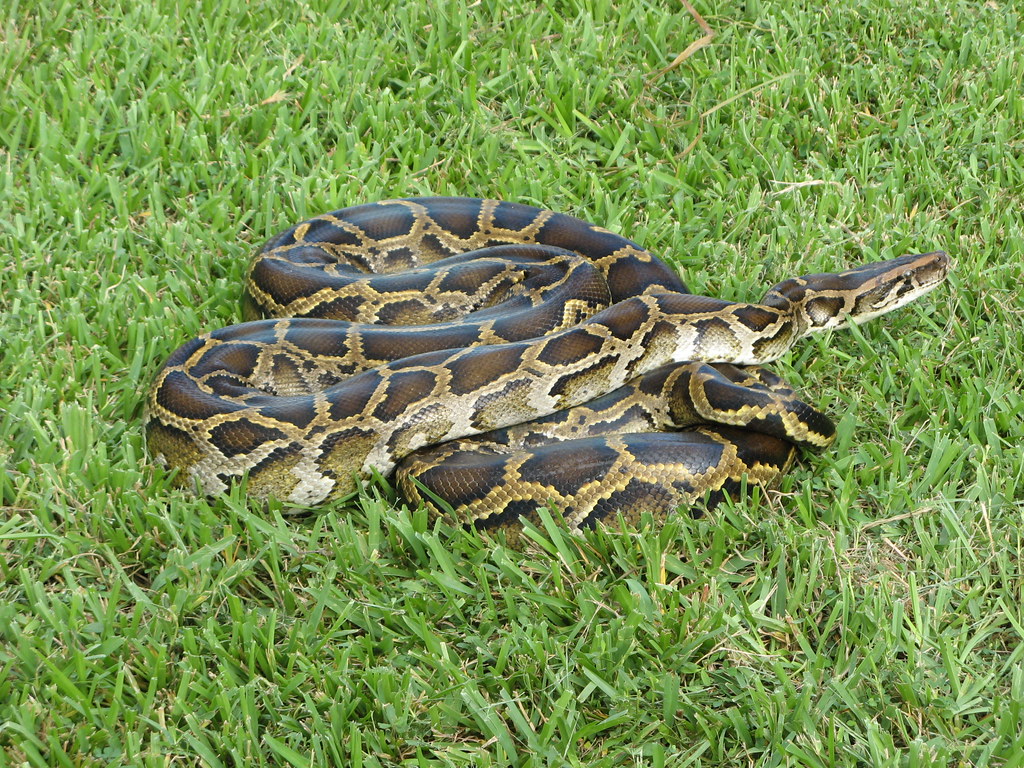
When exotic pets escape or are deliberately released by owners who can no longer care for them, they can establish invasive populations that devastate local ecosystems. The Florida Everglades now hosts over 500 introduced exotic species, with Burmese pythons alone having decimated native mammal populations by more than 90% in some areas since their introduction through the pet trade. In the Bahamas, released lionfish from the aquarium trade have no natural predators and have reduced native reef fish populations by up to 80% in affected areas. The red-eared slider turtle, popular in the pet trade worldwide, has established invasive populations on six continents, outcompeting native turtle species for food and basking sites while introducing novel diseases. These invasions create ecological damage that often proves impossible to reverse, transforming ecosystems and threatening native biodiversity permanently.
Zoonotic Disease Transmission

The exotic pet trade creates significant pathways for zoonotic disease transmission that threaten both human and wildlife health on a global scale. Monkeypox outbreaks in the United States have been directly linked to imported African rodents sold as pets, affecting both humans and native prairie dog populations. The deadly B-virus (Herpesvirus simiae) can be transmitted from macaque monkeys to humans through bites or scratches, with a fatality rate exceeding 70% when untreated. Reptiles commonly carry Salmonella bacteria, with CDC estimates suggesting they cause approximately 74,000 human infections annually in the US alone. The crowded, stressful conditions of wildlife markets and holding facilities create perfect conditions for pathogens to spread between species and mutate into forms that can infect humans, representing a serious public health concern that extends far beyond individual pet owners.
Links to Organized Crime
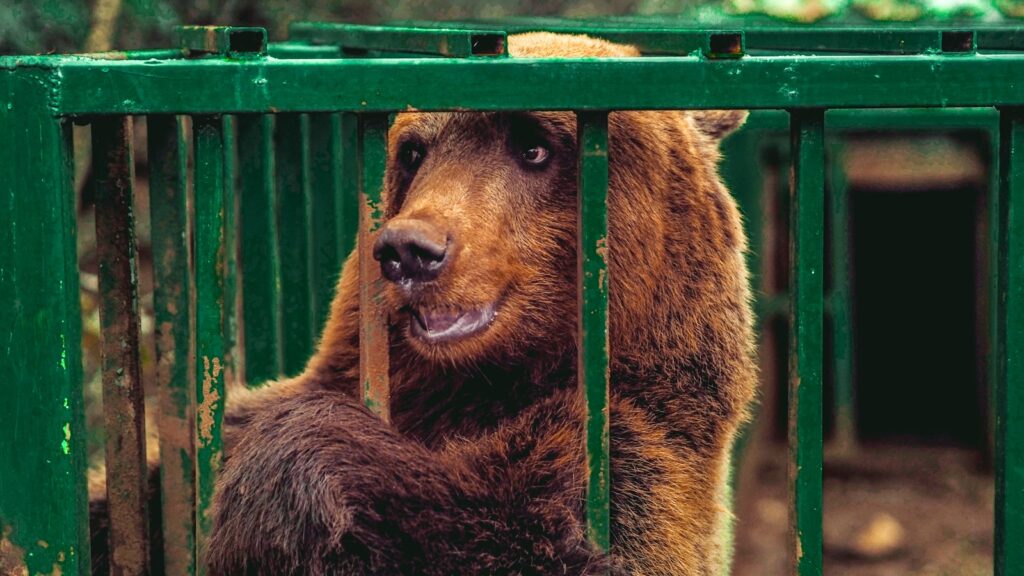
The illegal exotic pet trade doesn’t operate in isolation but serves as a significant funding stream for organized criminal networks involved in multiple illicit activities. Investigations by INTERPOL have documented substantial overlap between wildlife trafficking routes and those used for drugs, weapons, and human trafficking, with criminal organizations utilizing the same smuggling infrastructure for multiple contraband types. Profits from illegal wildlife trade, including exotic pets, have been linked to the financing of militant and terrorist groups in regions of Africa and Asia, according to United Nations reports. Criminal networks specifically target rare and CITES-protected species because their scarcity drives higher prices, with single transactions of endangered primates or rare parrots potentially yielding profits equivalent to kilogram quantities of cocaine but with significantly lower legal penalties if caught. This criminal connection means that purchasing illegally sourced exotic animals not only harms wildlife but potentially funds violence and exploitation in source countries.
Inadequate Regulation and Enforcement
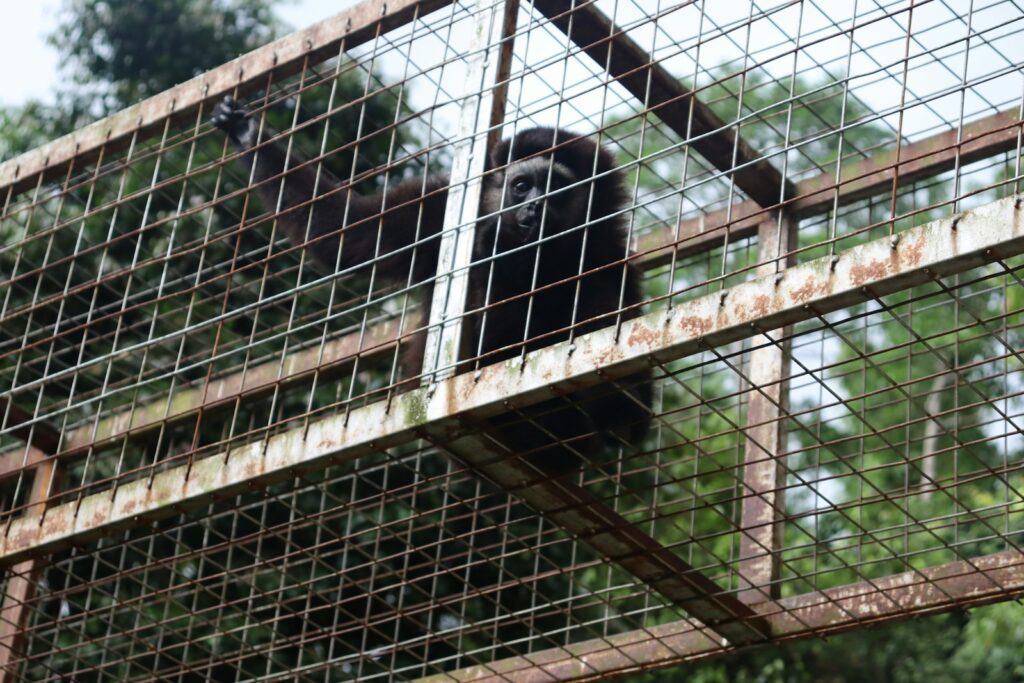
Despite international frameworks like CITES (Convention on International Trade in Endangered Species), the regulation and enforcement surrounding the exotic pet trade remain woefully inadequate worldwide. Many countries lack comprehensive legislation governing exotic pet ownership, with laws varying dramatically between regions and creating loopholes exploited by traffickers. Even in countries with strong wildlife protection laws, enforcement agencies are typically underfunded and understaffed compared to the scale of the problem they face. Penalties for wildlife trafficking often remain notably less severe than for other forms of smuggling, creating a high-reward, low-risk scenario that attracts criminal involvement. At ports of entry globally, less than 10% of wildlife shipments are physically inspected due to resource limitations, allowing the vast majority of illegal wildlife to pass through borders undetected.
Social Media’s Amplifying Effect
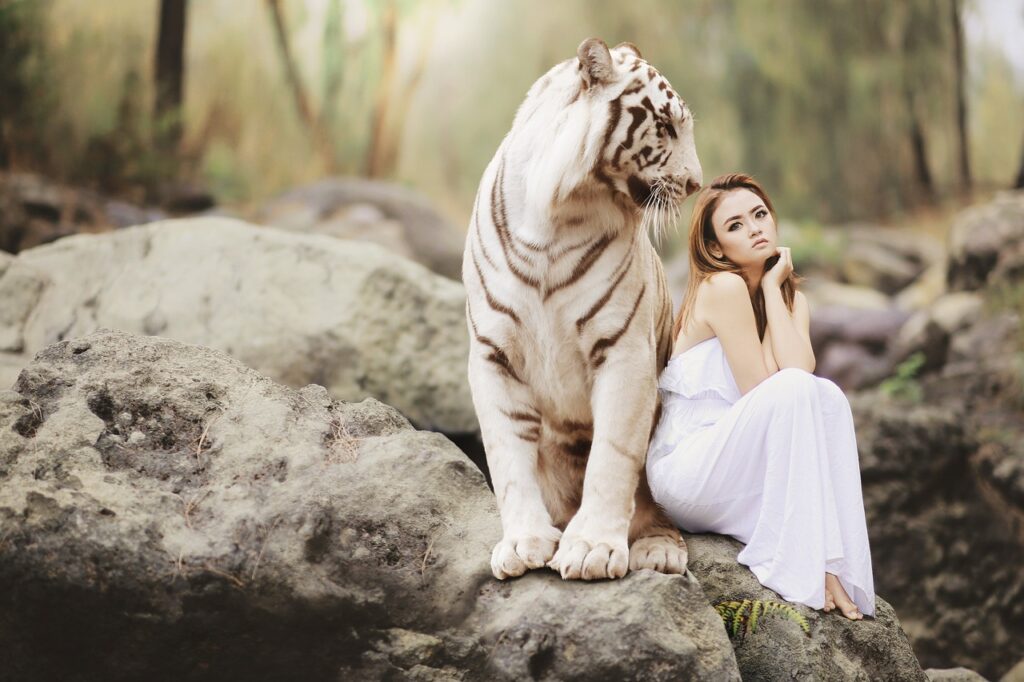
Social media platforms have inadvertently become powerful drivers of the exotic pet trade by normalizing and glamorizing the ownership of wild animals without showcasing the ethical issues or welfare challenges involved. Viral videos featuring cute behaviors of exotic pets—like slow lorises “being tickled” (actually a fear response) or baby tigers playing with owners—create immediate desire among viewers to acquire similar animals. Investigation by the Wildlife Conservation Society found over 12 million posts featuring live primates as pets across major social platforms, with engagement metrics indicating these posts reached hundreds of millions of users. Research published in Conservation Biology demonstrated direct correlations between viral exotic pet content and subsequent increases in Google searches for “buying” those specific species. While some platforms have implemented policies against wildlife trafficking, enforcement remains inconsistent, and the mere visibility of exotic pets in seemingly domestic settings continues to drive consumer demand regardless of whether direct sales occur on the platforms.
Ethical Alternatives and Consumer Education

Creating meaningful change in the exotic pet trade requires a combination of stronger regulations and informed consumers making ethical choices. Conservation organizations recommend redirecting the desire to connect with wildlife toward activities that actually support species protection, such as visiting accredited zoos and sanctuaries, participating in citizen science projects, or donating to in-situ conservation efforts. For those drawn to the companionship of animals, domestic species like cats, dogs, and certain bird species that have adapted to human environments over thousands of years make appropriate pets that don’t contribute to wildlife decline. Educational initiatives focusing on the connection between individual purchasing decisions and global conservation outcomes have shown promise in reducing demand, particularly when they emphasize the suffering involved in the trade rather than just legality issues. By understanding that seemingly small individual choices collectively drive market forces, consumers have the power to transform the exotic pet industry from a conservation threat to a potential ally in protecting the world’s most vulnerable species.
Conservation Success Stories

Despite the significant challenges, targeted conservation efforts have demonstrated that recovery is possible when the exotic pet trade is effectively addressed. The yellow-headed Amazon parrot population in Belize has rebounded significantly since the implementation of community-based anti-poaching patrols and stricter domestic enforcement against the pet trade. Indonesia’s recent crackdown on illegal wildlife markets has led to promising population recoveries for species like the critically endangered black-winged myna, with breeding programs now releasing birds back into protected areas. In Madagascar, community education programs combined with sustainable ecotourism initiatives have reduced poaching of ploughshare tortoises by creating economic alternatives for former poachers who now serve as wildlife guardians. These success stories share common elements: they combine enforcement with community engagement, address economic drivers of the trade, and create sustainable alternatives that benefit both local people and wildlife—proving that even severely exploited species can recover when the pet trade threat is effectively managed.
The exotic pet trade represents a complex conservation challenge that connects individual consumer choices with global biodiversity loss. While the allure of keeping unusual animals is understandable, the cascading consequences—from population collapse to ecosystem disruption, animal suffering, and even public health risks—make it clear that this industry requires fundamental transformation. By supporting stronger regulations, choosing domestic pets over wild animals, and demanding transparency throughout the supply chain, consumers can help shift market forces toward a more sustainable and ethical relationship with wildlife. The most meaningful way to appreciate the beauty and wonder of exotic animals is by ensuring they remain where they belong—in their natural habitats, fulfilling their ecological roles for generations to come.

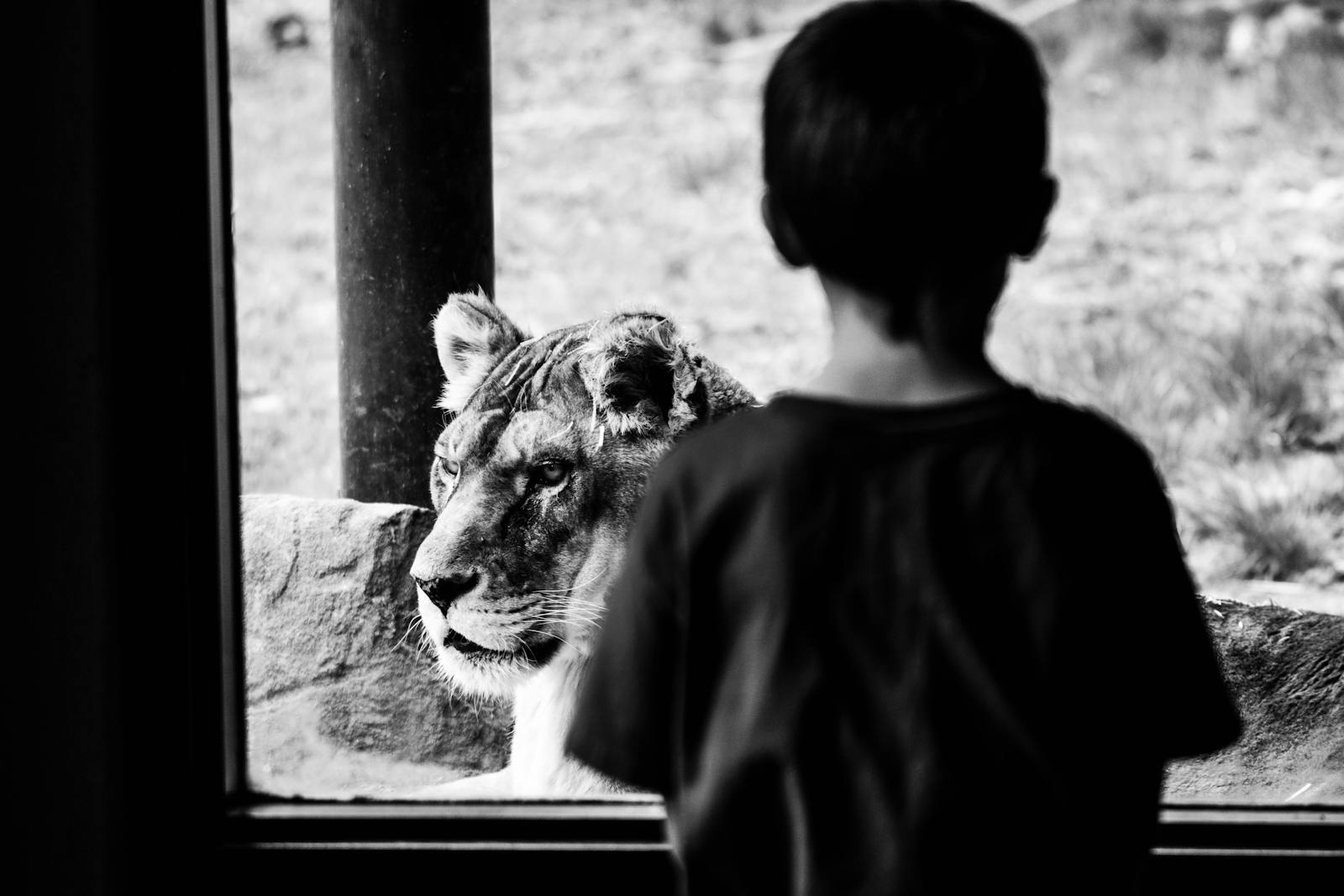


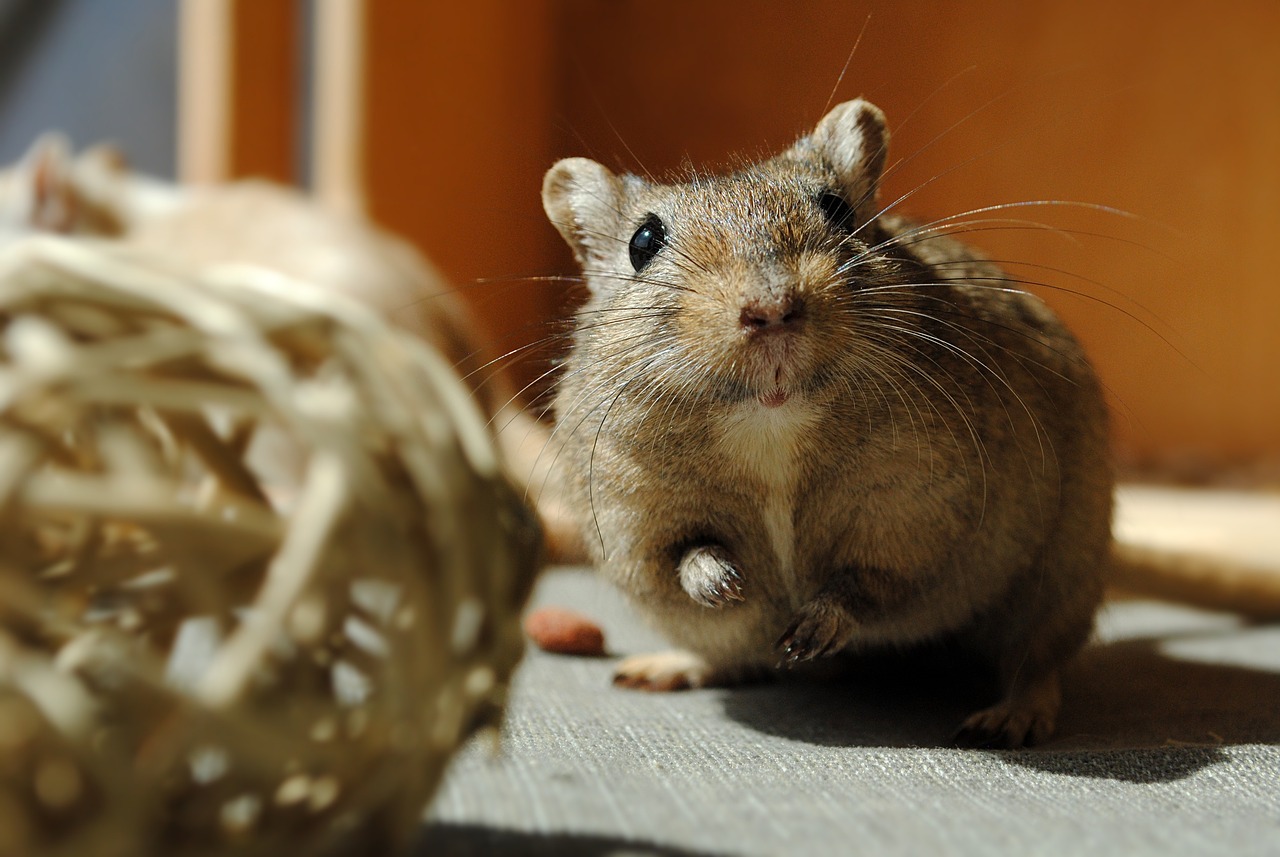

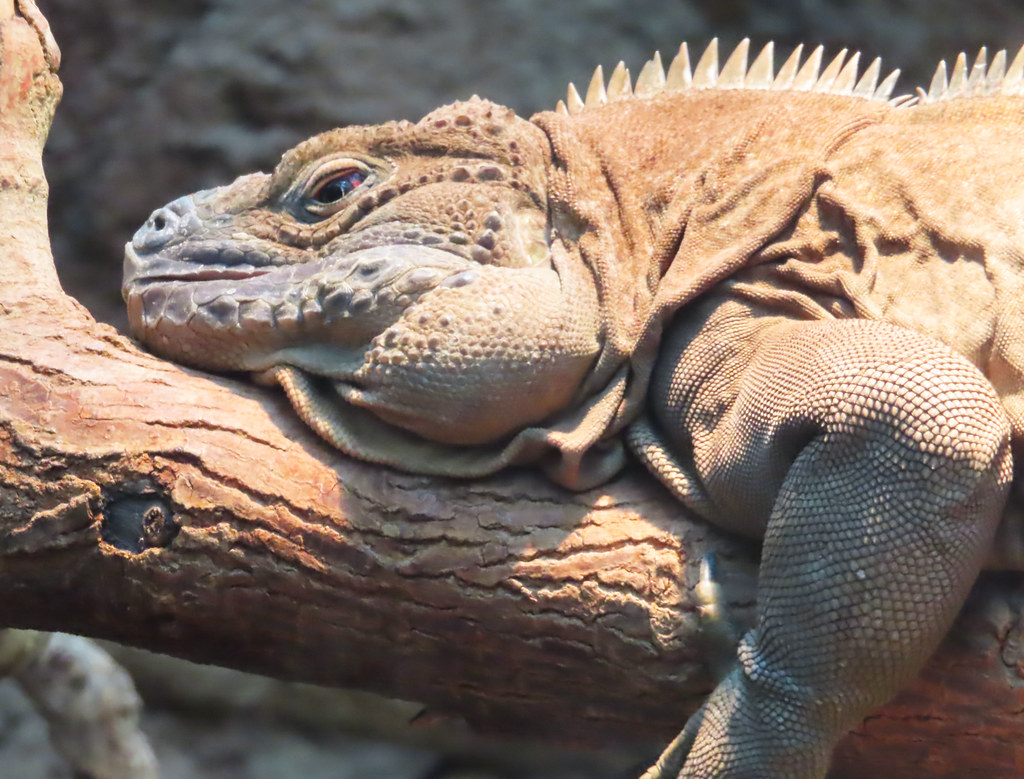
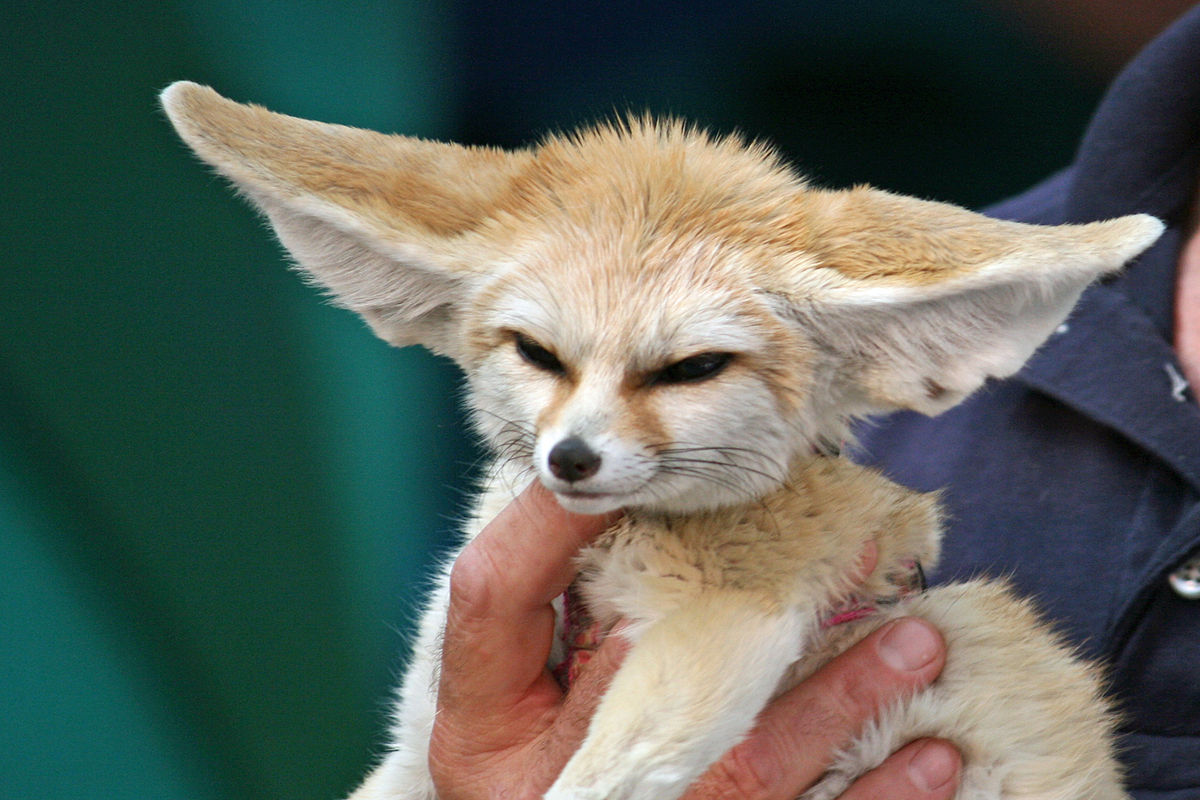
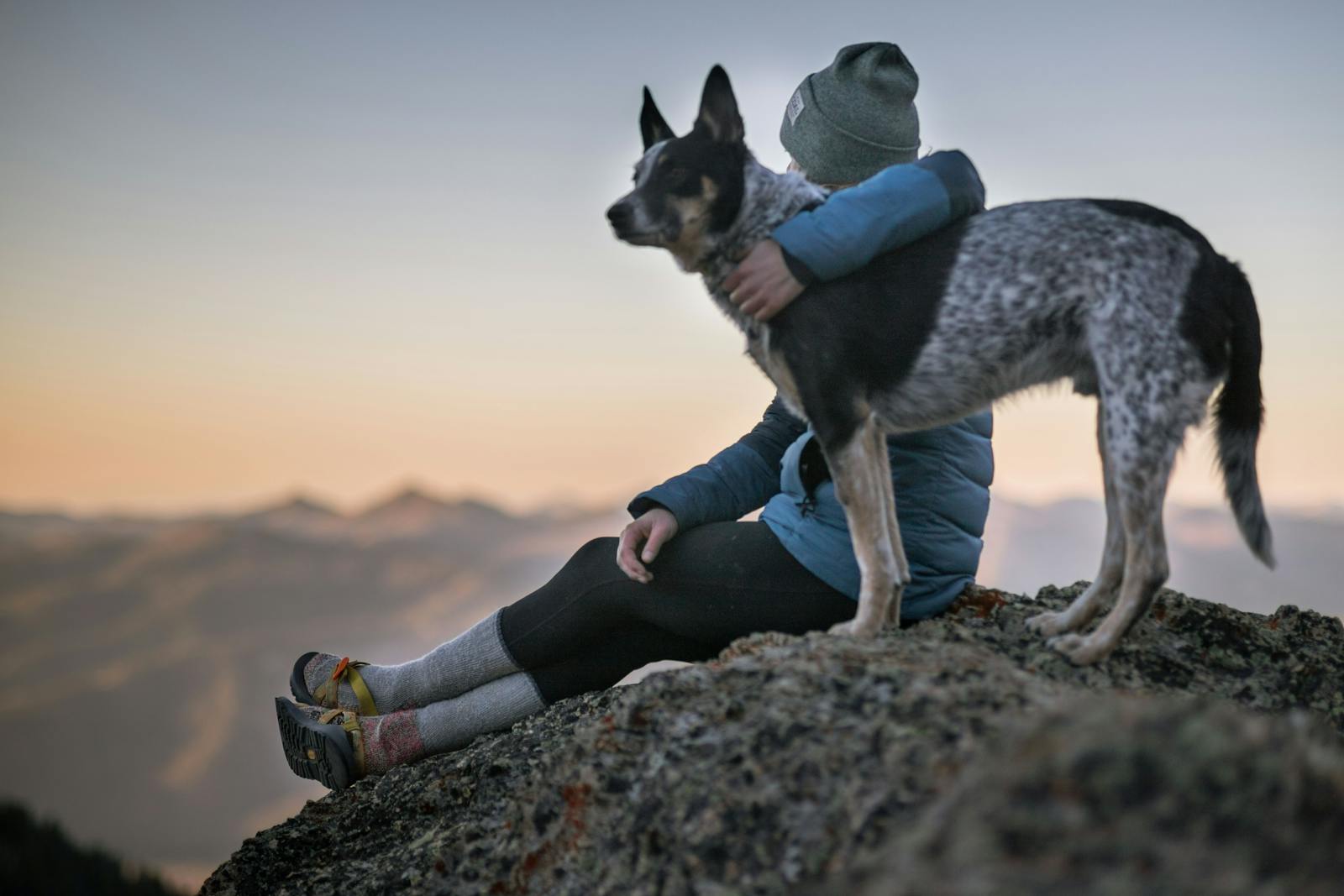







Leave a Reply